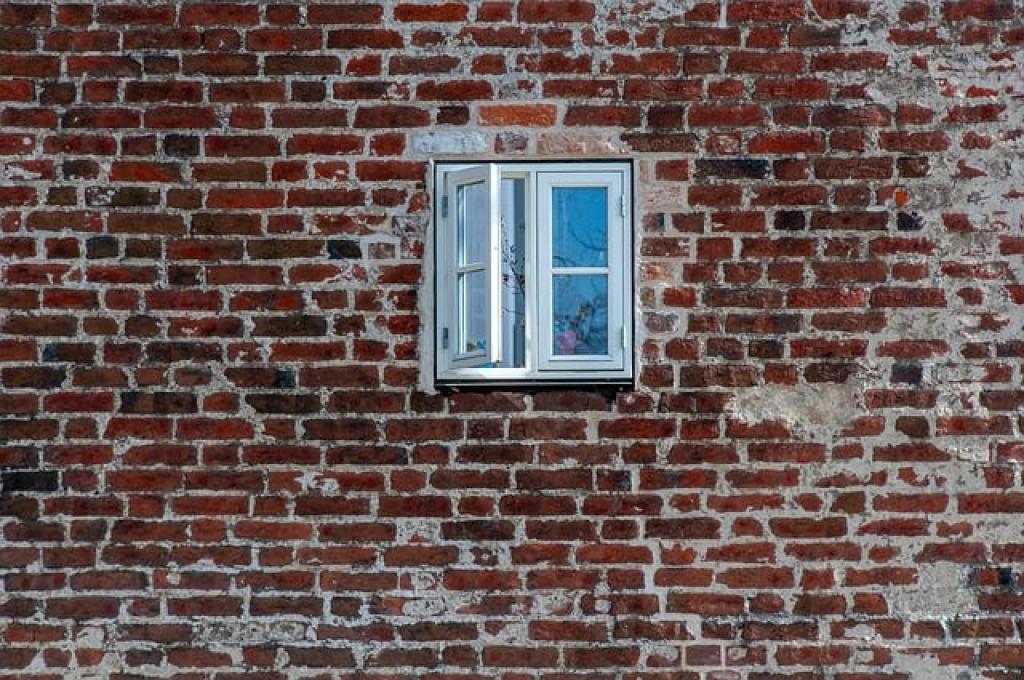Ever wondered how to make the most out of Hempcrete in your construction projects? This innovative material, made from hemp hurds and lime, promises sustainability, durability, and excellent insulation properties.
But, like any material, its benefits can only be fully harnessed when used correctly. Whether you’re a seasoned builder or a DIY enthusiast, understanding the best practices can transform your efforts from good to exceptional.
Let’s delve into essential tips and techniques to ensure you’re getting the absolute best out of Hempcrete. Ready to build better and greener? Let’s get started!
Understanding the Properties of Hempcrete
To make the most of Hempcrete, we need to first grasp its unique properties. Made from hemp hurds and a lime-based binder, Hempcrete is a natural, sustainable building material.
Insulation and Breathability
Hempcrete offers excellent insulation, keeping indoor temperatures stable and reducing the need for heating and cooling. This material is breathable, allowing moisture to pass through and preventing mold growth. This makes it ideal for creating healthier indoor environments.
Lightweight and Durable
Despite its lightweight nature, Hempcrete is incredibly durable. It can resist pests, fire, and even seismic activity. It can stand the test of time, supporting a structure for decades without significant degradation.
Carbon Sequestration
One of the standout properties of Hempcrete is its ability to sequester carbon. By absorbing more CO2 than is emitted during its production, it helps reduce the overall carbon footprint of a building project. This makes it an environmentally friendly choice for sustainable construction.
Understanding these properties is the first step towards maximizing your use of Hempcrete. When you know what it can do, you can harness its full potential, leading to smarter, greener building practices.
Designing Hempcrete Structures for Maximum Efficiency
Designing with Hempcrete involves some smart strategies to ensure you get the most out of this incredible material. It’s not just about slapping up walls; every element needs mindful planning.
Start by considering the local climate. Hempcrete’s excellent insulation properties work best when tailored to the specific temperature and humidity levels of your area. Think about where the sun hits your building the most and design windows and doors accordingly.
It’s also crucial to work with Hempcrete’s structural properties. Because it’s not as load-bearing as traditional concrete, you’ll need a supportive framework. Timber, steel, or reinforced concrete can serve as a solid skeleton for your Hempcrete walls.
The thickness of Hempcrete walls can vary, but for optimal energy efficiency, a good starting point is 12 inches. This gives you the insulation benefits without taking up too much floor space.
Airflow is another important consideration. Proper ventilation systems can complement Hempcrete’s breathability, helping maintain indoor air quality and comfort. Natural ventilation through strategically placed vents or windows can go a long way.
Lastly, don’t neglect aesthetic design. Hempcrete offers a unique, natural look that can be a real selling point. Consider incorporating exposed Hempcrete in your interior design for a rustic, sustainable touch.
By paying attention to these details, you can design Hempcrete structures that are not only efficient but also comfortable and beautiful.
Optimizing the Mixing Process for Hempcrete
Nailing the mixing process for Hempcrete is crucial if you want a sturdy, efficient structure. First of all, always gather your materials. You’ll need hemp hurds, a lime-based binder, and water. These components must be in the right proportions to achieve that perfect mix.
Start by combining the hemp hurds and the binder in a large mixing container. The ratio is usually 1 part binder to 1.5 parts hurds, but always follow the specific guidelines for your project. Mix these dry components thoroughly before adding any water.
Getting the Water Right
Next, slowly add water to the mixture. You’ll want just enough to reach a damp, breadcrumb-like consistency. Too much water can weaken the Hempcrete, while too little will make it difficult to mold and shape. It’s a bit of a balancing act, so add the water gradually and mix continuously.
Using mechanical mixers can make this process much easier, especially for larger batches. Trust me, your arms will thank you! These mixers ensure a more consistent blend, reducing the chances of clumps forming.
Once your Hempcrete mix is ready, use it quickly. The mixture tends to dry out and stiffen over time, which can make it less workable. Have your forms or molds prepped and ready to go as soon as the mix is properly combined.
Quality Checks
Finally, don’t skip the quality checks. Always do a test batch first to make sure everything sets correctly. Make a small block and let it cure for a few days to ensure it’s reaching the right hardness and durability.
By optimizing your mixing process, you can be confident that your Hempcrete will perform well, making your building project a sustainable success.
Ensuring Proper Curing Techniques for Hempcrete
Curing Hempcrete properly is essential for achieving its full strength and insulating properties. Once you’ve got your mix into place, the real magic happens during the curing process.
Initial Curing Phase
In the first week, temperature and humidity are critical. Ideally, keep your Hempcrete at a constant temperature of around 20°C (68°F) with some airflow. This helps the mixture set correctly without drying out too quickly.
Covering the Hempcrete with a tarp can help retain moisture and keep the temperature stable. Remember, it’s not about speeding up the process but letting it happen naturally and gradually.
Maintaining Moisture Levels
For about the next few weeks, mist the surface lightly with water daily. This keeps the Hempcrete from drying out and cracking. Be gentle here — a light mist is all you need. Too much water can create weak spots.
If you’re working in a hot or dry climate, you may need to mist more frequently. The goal is to keep the material hydrated just enough without overdoing it.
Give your Hempcrete about 4-8 weeks to fully cure, though you can start working on the surface after about a month. Patience is key here; it’s tempting to rush, but waiting ensures maximum strength and durability.
Final Checks
Once the curing period is complete, check for consistency and hardness. A well-cured block should be firm to the touch and have a consistent texture all over. If you notice any soft or crumbly areas, those might need a bit more time.
Ensuring proper curing techniques will help your Hempcrete stand the test of time, providing a strong, insulating, and eco-friendly material for your building needs. By following these steps, you’ll ensure your structure is not only sturdy but also sustainable for years to come.

Leveraging Hempcrete Sustainability for Building Projects
Hempcrete isn’t just about being eco-friendly—it’s about creating buildings that last longer and perform better. Leveraging its sustainability can transform how we approach construction projects.
Firstly, Hempcrete has an excellent carbon footprint. It absorbs CO2 from the atmosphere as it cures, making it a carbon-negative material. This can significantly reduce the environmental impact of your building project.
The insulating properties of Hempcrete are top-notch. It naturally regulates temperature and humidity, which can lead to lower energy costs for heating and cooling. That means your building will be more efficient and comfortable year-round.
Hempcrete is also a great material for reducing waste. Since it’s made from renewable resources, it durably integrates into the environment. Plus, any leftover material can be repurposed or recycled, making it perfect for projects aiming for zero waste.
Durability is another essential factor. Hempcrete is resistant to pests, mold, and fire, providing a safe and long-lasting solution. Buildings constructed with Hempcrete typically require less maintenance over time, saving both money and resources.
Lastly, using Hempcrete can be a fantastic selling point. As more people become conscious of their environmental footprint, green building practices are increasingly in demand. Highlighting the sustainability of your project can attract eco-minded clients and tenants.
Leveraging the sustainability of Hempcrete isn’t just good for the planet; it’s smart for your bottom line and can set your building projects apart in a competitive market. By adopting this innovative material, you’re not just constructing buildings—you’re building a better future.
The Bottom Line: Unlocking the Full Potential of Hempcrete
In conclusion, Hempcrete presents a remarkable opportunity for the construction industry. Its environmental benefits, superior performance, and longevity make it a standout choice for sustainable building.
From reducing the carbon footprint to lowering energy costs and enhancing durability, Hempcrete offers tangible advantages. It allows for more sustainable practices, addressing global environmental concerns while meeting the demands of modern construction.
By incorporating Hempcrete, builders can significantly cut down on waste. This not only aligns with eco-friendly goals but also offers practical benefits, like reduced disposal costs and less environmental impact.
Another thing to keep in mind is that the use of Hempcrete can pave the way for buildings that are naturally resistant to mold, pests, and fire. This translates to safer, healthier living and working spaces, and less money spent on repairs and maintenance over time.
The growing consumer interest in sustainable living means that projects using Hempcrete can attract a broad audience, from eco-conscious homeowners to progressive companies. Building with Hempcrete isn’t just about creating structures—it’s about crafting eco-friendly, resilient, and efficient environments.
As we look ahead, adopting Hempcrete could be a game-changer for the industry. It provides a sustainable, cost-effective, and high-performing alternative to traditional building materials.
In the end, unlocking the full potential of Hempcrete will require a collective effort from builders, architects, and developers. But the rewards—a healthier planet, happier occupants, and more sustainable buildings—make it a journey worth undertaking.
So, why not embrace the future of construction today? With Hempcrete, the possibilities are vast, and the benefits are real. Let’s build a better world, one hemp block at a time.





